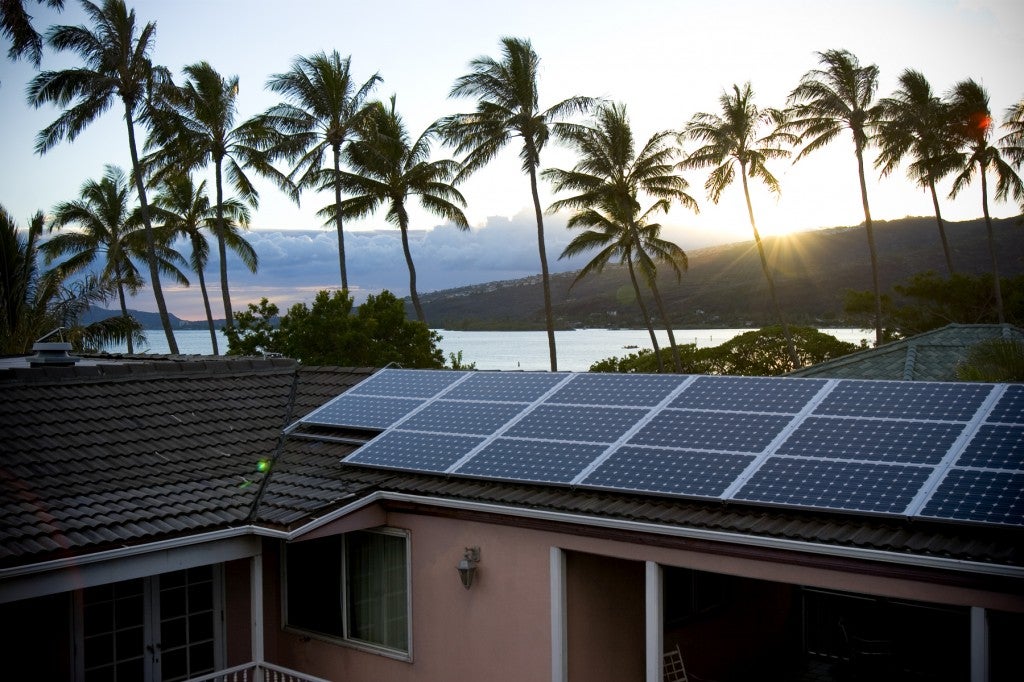 Yesterday, my colleague Scott Hofmeister described an insurance pool that California has introduced to help communities integrate Property Assessed Clean Energy (“PACE”), a unique program that allows homeowners to finance money-saving clean energy retrofits through their property tax bill. These programs are popular in Sonoma, Orange, San Diego, Riverside, San Bernardino, Kern, and Fresno Counties, and we expect them to spread rapidly throughout the state.
Yesterday, my colleague Scott Hofmeister described an insurance pool that California has introduced to help communities integrate Property Assessed Clean Energy (“PACE”), a unique program that allows homeowners to finance money-saving clean energy retrofits through their property tax bill. These programs are popular in Sonoma, Orange, San Diego, Riverside, San Bernardino, Kern, and Fresno Counties, and we expect them to spread rapidly throughout the state.
Home Energy Renovation Opportunity (HERO), a residential PACE program run by Renovate America that has partnered with the Western Riverside Council of Governments, has funded over $180 million of clean energy retrofit projects in a little more than two years of operation. These investments are expected to save homeowners more than 2 billion kilowatt-hours, reduce consumers’ utility bills by almost $500 million and avoid more than 1.4 million metric tons of CO2 emissions, or the equivalent of removing almost 300,000 passenger vehicles from the road for a full year. And notably, the HERO program is entirely funded by private investors. Read More













